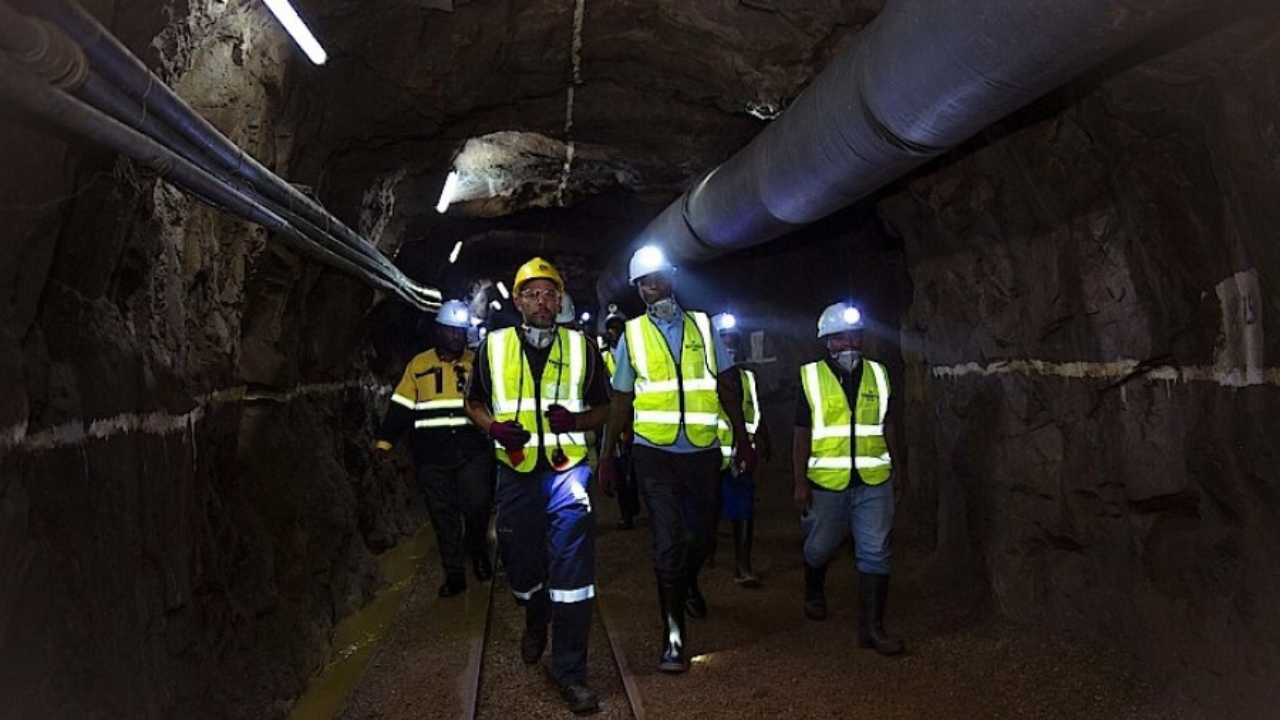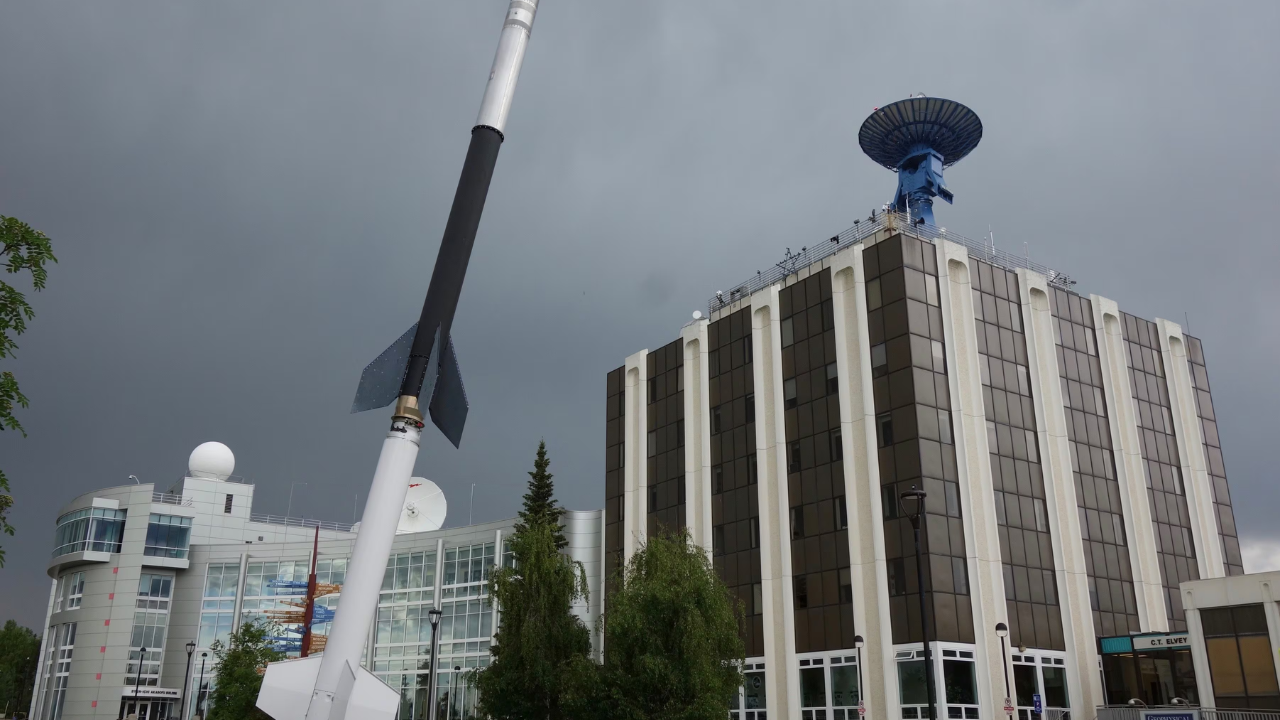In the dynamic world of higher education, where theoretical knowledge must intersect with practical application to prepare students for the workforce, the University of Alaska Southeast (UAS) accounting program stands out as a model of experiential learning. Every semester, UAS accounting students engage in internships with companies and firms across Southeast Alaska, gaining hands-on experience that not only enhances their resumes but also equips them with the skills and networks needed to thrive in the accounting profession. This initiative reflects UAS’s commitment to fostering career-ready graduates in a region defined by its vast geography, tight-knit communities, and unique economic challenges. This article delves into the structure, impact, and broader implications of the UAS accounting internship program, highlighting its role in shaping the next generation of accounting professionals in Alaska.
The UAS Accounting Program: A Regional Anchor
The University of Alaska Southeast, with its main campus in Juneau and extended campuses in Sitka and Ketchikan, serves as a vital educational hub for Southeast Alaska. As part of the University of Alaska System, UAS is accredited by the Northwest Commission on Colleges and Universities and is tailored to meet the needs of its region—a place where mountains meet the sea, and economic activity is shaped by industries like fishing, tourism, government, and maritime operations. The accounting program at UAS, while not as widely spotlighted as larger programs at institutions like the University of Alaska Anchorage (UAA) or Fairbanks (UAF), offers a distinctive blend of academic rigor and practical engagement.
The program provides a range of offerings, including courses like ACCT S100 (Recordkeeping for Small Businesses) and ACCT S201 (Principles of Financial Accounting), which lay a foundational understanding of accounting principles. These courses are designed with an eye toward Alaska’s small-business-heavy economy, where entrepreneurs and local firms often rely on skilled accountants to navigate financial complexities. However, what truly sets the UAS accounting program apart is its internship component, which ensures that every semester, students step out of the classroom and into the professional world, working with regional employers to apply their learning in real-time.
The Internship Framework: Structure and Scope
The UAS accounting internship program is a deliberate effort to bridge the gap between academia and industry. While specific details about the program’s structure—such as credit hours or formal partnerships—may vary semester to semester, its core premise is consistent: students are placed with companies and firms across Southeast Alaska to gain practical experience. These internships are facilitated through UAS Career Services, which leverages platforms like Handshake to connect students with opportunities, and likely involves collaboration with academic advisors to ensure alignment with educational goals.
Internships typically range from small businesses in Juneau to accounting firms in Ketchikan or government offices in Sitka, reflecting the diverse economic fabric of the region. For example, students might intern with a local CPA firm like Elgee Rehfeld, LLC in Juneau, which serves clients in Southeast and central Alaska, or with a maritime-related business tied to the Ketchikan Regional Maritime and Career Center. The scope of work can include tasks like preparing financial statements, reconciling accounts, assisting with tax filings, or using software like QuickBooks—skills directly tied to UAS coursework and Alaska’s business needs.
Eligibility for these internships generally requires students to be enrolled in the accounting program and to have completed foundational coursework, ensuring they bring a baseline of knowledge to their placements. While some internships may be unpaid, offering academic credit instead, others provide compensation, depending on the employer and program requirements. For-credit internships, per UAS policy, mandate a minimum of 45 hours of work per credit earned, with grades based on hours worked, employer feedback, and reflective assignments like journals or reports. This structured approach ensures that students gain meaningful experience while maintaining academic accountability.
Hands-On Learning: The Value of Regional Internships
The internships offered through UAS’s accounting program are more than just a resume line—they are a gateway to mastering the practical realities of accounting in a region where traditional career paths can be shaped by isolation and industry-specific demands. Southeast Alaska, with its small population (roughly 73,000 across a vast area), relies heavily on local talent to sustain its economy. By interning with regional companies and firms, UAS students gain exposure to the unique financial challenges of rural and small-town settings—challenges that differ markedly from those in urban centers like Anchorage or beyond Alaska.
For instance, a student interning with a fishing cooperative might learn to manage seasonal revenue fluctuations, while one at a tourism-related firm could tackle budgeting for peak summer months. These experiences cultivate adaptability, a critical skill in a state where economic cycles are tied to natural resources and weather patterns. Moreover, working with local CPA firms or government entities introduces students to regulatory frameworks like Generally Accepted Accounting Principles (GAAP) and state-specific tax laws, grounding their academic learning in real-world compliance.
Beyond technical skills, these internships foster professional networks that are invaluable in a region where personal relationships often drive business opportunities. Southeast Alaska’s tight-knit communities mean that an internship with a local firm could lead to mentorship from seasoned accountants or even a job offer post-graduation. This networking aspect is particularly significant given Alaska’s high demand for accounting professionals—projections suggest job growth exceeding 10% in the coming decade, driven by needs in cost estimation, auditing, and financial management.
Student Impact: Building Confidence and Competence
The impact of these internships on UAS accounting students is profound, both professionally and personally. For many, it’s their first foray into the workplace, offering a chance to test classroom theories against real financial data. A student tasked with preparing a trial balance for a small business, for example, gains a deeper appreciation for the accounting cycle taught in ACCT S201, while also learning to navigate client expectations and deadlines. This hands-on application builds confidence, as students see their skills translate into tangible outcomes.
Moreover, the regional focus of these internships ensures cultural relevance. Southeast Alaska is home to Tlingit, Haida, and Tsimshian peoples, and many businesses and organizations serve or are owned by Alaska Native communities. Interns working with tribal corporations or nonprofits gain insights into culturally responsive accounting practices, such as managing funds for community programs or complying with federal grants—experience that aligns with UAS’s mission to integrate the region’s cultures into its educational offerings.
Testimonials from UAS students, while not directly quoted here, often emphasize the transformative nature of these opportunities. Career Services at UAS highlights how internships help students “discover new career paths” and “build professional profiles,” suggesting that many emerge with a clearer sense of their vocational direction. For some, an internship might spark an interest in pursuing a Certified Public Accountant (CPA) credential, while for others, it could solidify a preference for small-business accounting over corporate finance.
Economic and Community Contributions
The UAS accounting internship program does more than benefit individual students—it strengthens Southeast Alaska’s economic ecosystem. By training students to meet local needs, UAS helps address the region’s shortage of skilled financial professionals. Firms benefit from fresh perspectives and additional manpower, particularly during busy seasons like tax preparation, while students inject their academic knowledge into practical settings, often introducing efficiencies or modern tools like accounting software.
This symbiotic relationship is especially critical in a region where outmigration of talent is a persistent concern. UAS graduates who intern locally are more likely to stay in Alaska, contributing to workforce retention. For example, a student who interns with a Juneau-based firm and secures a job there post-graduation bolsters the local economy rather than seeking opportunities in the Lower 48. This aligns with broader University of Alaska System goals, as seen in initiatives like the “For Alaska” campaign, which emphasizes producing graduates who meet state workforce demands.
Critical Reflections: Strengths and Challenges
While the UAS accounting internship program is a cornerstone of its career preparation strategy, it’s worth examining its strengths and limitations critically. On the positive side, its regional focus ensures relevance, preparing students for the specific industries—fishing, tourism, government—that dominate Southeast Alaska. The program’s integration with Career Services and tools like Handshake streamlines access to opportunities, making it a practical model for a small university.
However, challenges exist. The geographic dispersion of Southeast Alaska, with communities accessible only by boat or plane, may limit internship options for students in Sitka or Ketchikan compared to those in Juneau. Smaller firms might lack the resources to offer paid internships, potentially excluding students who can’t afford unpaid work. Additionally, while the program prepares students for local roles, it may not fully equip them for national or global accounting careers without further education, such as a master’s degree or CPA licensure—options not currently offered at UAS but available at UAA or UAF.
Scalability is another consideration. With a modest student body (UAS serves around 2,000 students across its campuses), the program’s personalized approach works well, but growth could strain resources like faculty oversight or employer partnerships. Expanding online internship options or collaborations with firms beyond Southeast Alaska could address this, though it might dilute the program’s regional identity.
Broader Implications and Future Directions
The UAS accounting internship program offers a blueprint for other rural or regional institutions seeking to prepare students for local economies. Its emphasis on practical experience aligns with national trends in higher education, where employers increasingly prioritize skills over credentials alone. In Alaska, where the “Last Frontier” ethos values self-reliance and adaptability, this model resonates deeply.
Looking ahead, UAS could enhance the program by formalizing partnerships with major regional employers, such as the Alaska Marine Highway System or tribal corporations, to guarantee placements. Incorporating digital tools—like virtual internships or training in data analytics—could also modernize the experience, reflecting accounting’s evolving landscape. For students aiming for CPA licensure, bridging to UAA’s MBA with an accounting emphasis might provide a seamless pathway.
Conclusion
As of March 27, 2025, the University of Alaska Southeast accounting program’s internship initiative remains a vital lifeline between education and employment in Southeast Alaska. By placing students with companies and firms across the region every semester, UAS ensures that its graduates are not just theoretically proficient but practically adept—ready to tackle the financial challenges of their communities. This program exemplifies how targeted, experiential learning can transform students into professionals, while reinforcing the economic and cultural fabric of a unique region. For UAS accounting students, these internships are more than a stepping stone; they are a launchpad to meaningful careers in the heart of Alaska’s ocean economy.
-

Did You Know That University of Alaska Locations Provide World-Class Experiences for Tourists, Visitors, and Locals Alike?
-

Did You Know All Three of Our Universities Have Been Recognized as Military Friendly Schools?
-

Did You Know? Dual Enrollment Programs Are Attracting and Retaining More Alaska Students into the University of Alaska System
-

Did You Know? A University of Alaska Southeast Graduate Is Bringing Nature into the Classroom with Place-Based Training
-

Did You Know? The University of Alaska System’s Role in Rare Earth Minerals and Mining Workforce Development
-

Bridging Classroom and Career: The University of Alaska Southeast Accounting Program’s Internship Advantage
-

Desiré Shepler: A Beacon of Public Health Leadership in Alaska’s Behavioral Health Landscape
-

A Beacon of Culture: A University of Alaska Anchorage Alumna Leads the Alaska Native Heritage Center
-

Empowering Dreams: How the UA Foundation Supported Over 1,550 Students Through Scholarships Last Year
-

The University of Alaska System: Pioneering the Future of Rare Earth Minerals and Workforce Development
-

Did You Know? Dual Enrollment Programs Are Attracting and Retaining More Alaska Students into the University of Alaska System
-

Did You Know? A University of Alaska Southeast Graduate Is Bringing Nature into the Classroom with Place-Based Training
-

Did You Know? The University of Alaska System’s Role in Rare Earth Minerals and Mining Workforce Development
-

Bridging Classroom and Career: The University of Alaska Southeast Accounting Program’s Internship Advantage
-

Desiré Shepler: A Beacon of Public Health Leadership in Alaska’s Behavioral Health Landscape
-

A Beacon of Culture: A University of Alaska Anchorage Alumna Leads the Alaska Native Heritage Center
-

Empowering Dreams: How the UA Foundation Supported Over 1,550 Students Through Scholarships Last Year
-

The University of Alaska System: Pioneering the Future of Rare Earth Minerals and Workforce Development
-

The University of Alaska Fairbanks Geophysical Institute: A Global Leader in Nuclear Monitoring and Detection
-

The Vital Role of the University of Alaska Fairbanks Geophysical Institute in Shaping Alaska’s Future
